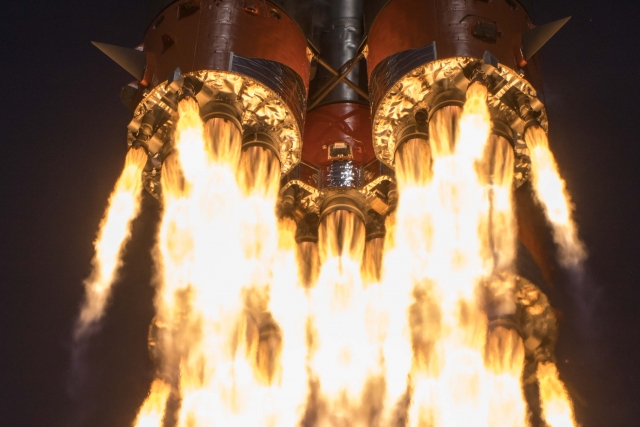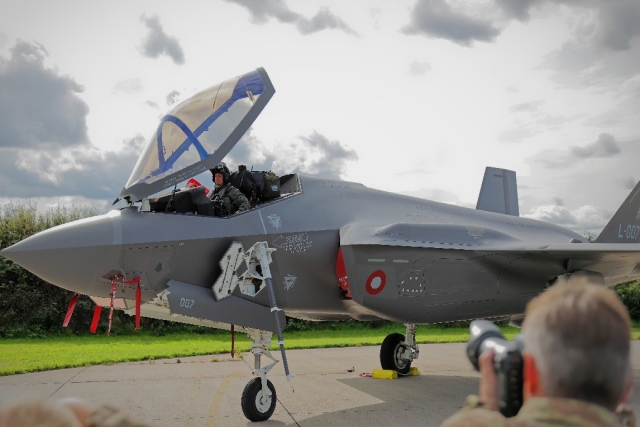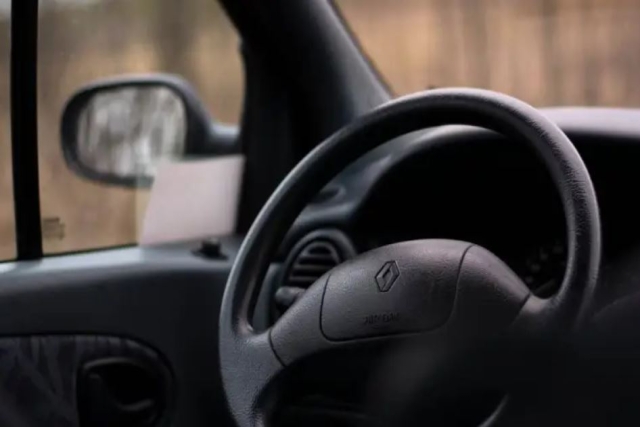SpaceX Rocket Launch on May 27 to Break Russian Monopoly
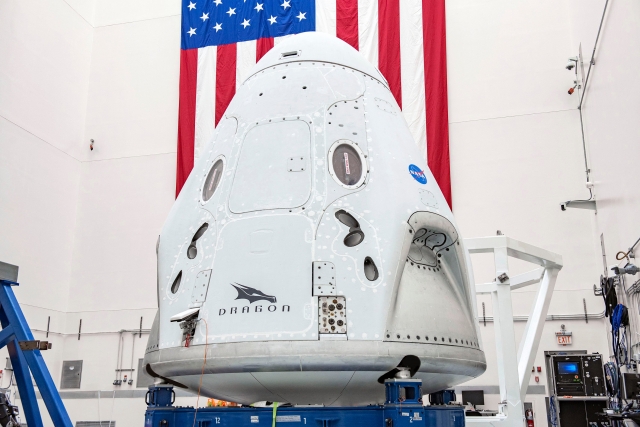
NASA is targeting May 27th for the first crewed flight of SpaceX’s Falcon 9 partially reusable two-stage-to-orbit medium-lift launch vehicle, ending the reign of Russia's Roscosmos as being the only supplier of the International Space Station (ISS).
“NASA, SpaceX to Launch First Astronauts to Space Station from US Since 2011: NASA astronauts Robert Behnken and Douglas Hurley will fly on SpaceX’s Crew Dragon spacecraft, lifting off on a Falcon 9 rocket at 4:32 p.m. EDT May 27, from Launch Complex 39A in Florida, for an extended stay at the space station for the Demo-2 mission. The specific duration of the mission is to be determined," NASA said in a statement on Friday.
Dmitry Rogozin, the head of Roscosmos, told defense-ministry owned Zvezda that it will offer 30% cheaper satellite and space launch services to its customers. “NASA is currently paying one and a half to four times more for the service, than we are willing to offer,” he added.
On April 11, responding to Rogozin’s comments, Elon Musk, founder of SpaceX posted: "SpaceX rockets are 80% reusable, theirs are 0%. This is the actual problem” on his Twitter account.
In its fierce competition in the space market, Roscosmos has reportedly planned to build its own reusable Argo spaceship for $9.8 billion and supply the International Space Station (ISS) by 2024.
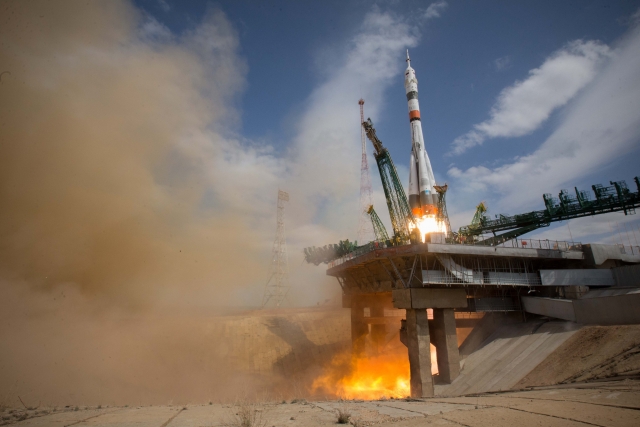
The mission:
This mission will validate SpaceX's crew transportation system, including the launch pad, rocket, spacecraft, and operational capabilities. This also will be the first time NASA astronauts will test the spacecraft systems in orbit.
Lifting off from Launch Pad 39A atop a specially instrumented Falcon 9 rocket, Crew Dragon will accelerate its two passengers to approximately 17,000 mph and put it on an intercept course with the International Space Station. Once in orbit, the crew and SpaceX mission control will verify the spacecraft is performing as intended by testing the environmental control system, the displays and control system and the maneuvering thrusters, among other things, the American space agency said in a statement.
In about 24 hours, Crew Dragon will be in position to rendezvous and dock with the space station. The spacecraft is designed to do this autonomously but astronauts aboard the spacecraft and the station will be diligently monitoring approach and docking and can take control of the spacecraft if necessary.
After successfully docking, the two astronauts, Behnken and Hurley, will be welcomed aboard station and will become members of the Expedition 63 crew. They will perform tests on Crew Dragon in addition to conducting research and other tasks with the space station crew.
Although the Crew Dragon being used for this flight test can stay in orbit about 110 days, the specific mission duration will be determined once on station based on the readiness of the next commercial crew launch. The operational Crew Dragon spacecraft will be capable of staying in orbit for at least 210 days as a NASA requirement.
Upon conclusion of the mission, Crew Dragon will autonomously undock with the two astronauts on board, depart the space station and re-enter the Earth’s atmosphere. Upon splashdown just off Florida’s Atlantic Coast, the crew will be picked up at sea by SpaceX’s Go Navigator recovery vessel and return to Cape Canaveral.
The Demo-2 mission will be the final major step before NASA’s Commercial Crew Program certifies Crew Dragon for operational, long-duration missions to the space station.
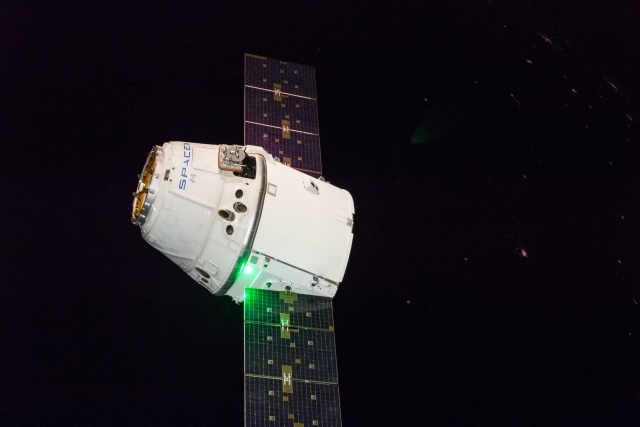
SpaceX:
SpaceX was founded in 2002 to design, manufacture and launch advanced rockets and spacecraft. It is the only private company capable of returning a spacecraft from low Earth orbit, which it first accomplished in 2010. In 2012, SpaceX-built Dragon spacecraft became the first commercial spacecraft to deliver cargo to and from the International Space Station.
SpaceX achieved the first re-flight of an orbital class rocket in 2017, and the company now regularly launches rockets. A year later, in 2018, SpaceX began launching Falcon Heavy, the world’s most powerful operational rocket by a factor of two.
